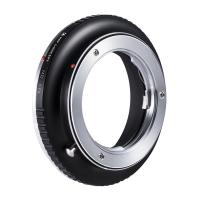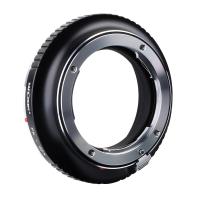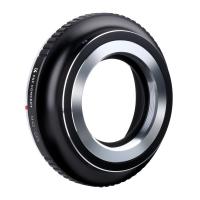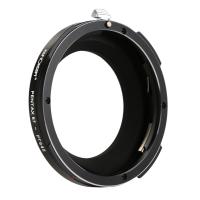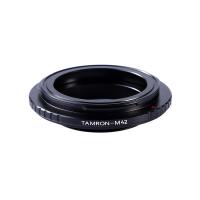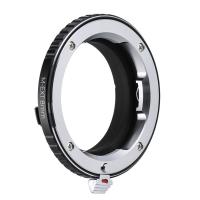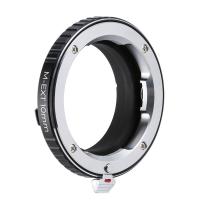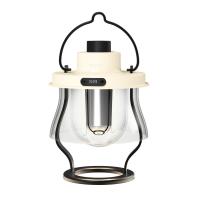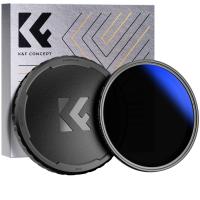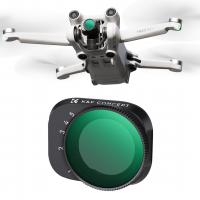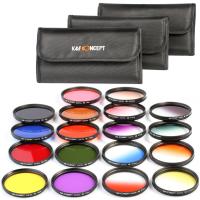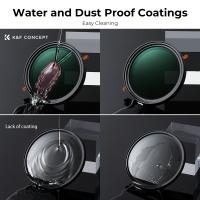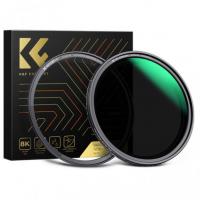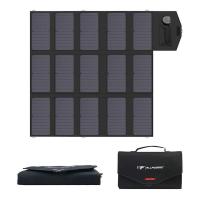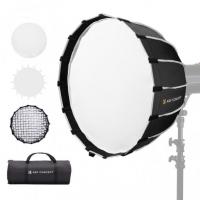Why Use Polarized Lens Filter?
In the realm of photography, the quest for the perfect shot often leads enthusiasts and professionals alike to explore various tools and techniques. One such tool that has garnered significant attention is the polarized lens filter. This seemingly simple accessory can dramatically enhance the quality of your photographs, making it a staple in many photographers' kits. But why exactly should you use a polarized lens filter? This article delves into the myriad benefits of polarized lens filters, providing a comprehensive understanding of their importance and practical applications.
Understanding Polarized Lens Filters
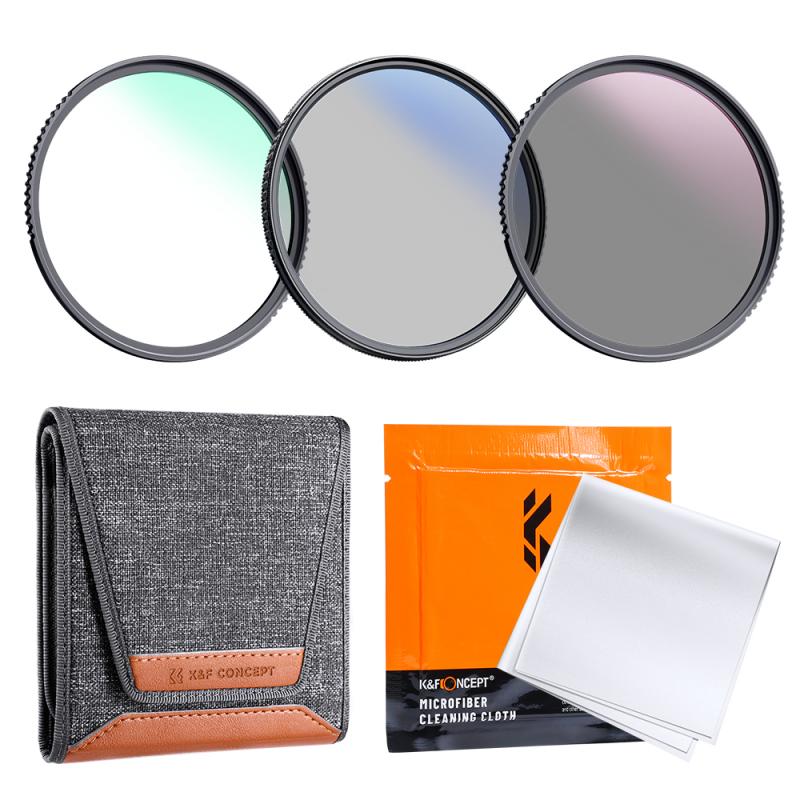
Before diving into the benefits, it's essential to understand what a polarized lens filter is. A polarized lens filter is a piece of optical glass that attaches to the front of your camera lens. It works by filtering out certain light waves, specifically those that are polarized. Light becomes polarized when it reflects off surfaces like water, glass, or even the atmosphere. This reflected light often causes glare and reduces the overall quality of the image.
Reducing Glare and Reflections

One of the most significant advantages of using a polarized lens filter is its ability to reduce glare and reflections. When photographing scenes with reflective surfaces, such as water bodies, glass windows, or wet roads, glare can be a major issue. It can obscure details and create unwanted bright spots in your images. A polarized lens filter mitigates this problem by blocking the polarized light waves responsible for glare. This results in clearer, more detailed photographs with enhanced contrast.
For instance, when photographing a lake, the filter can eliminate the glare from the water surface, allowing you to capture the underwater details or the natural colors of the water. Similarly, when shooting through a window, the filter can reduce the reflections, providing a clearer view of the scene beyond the glass.
Enhancing Color Saturation and Contrast
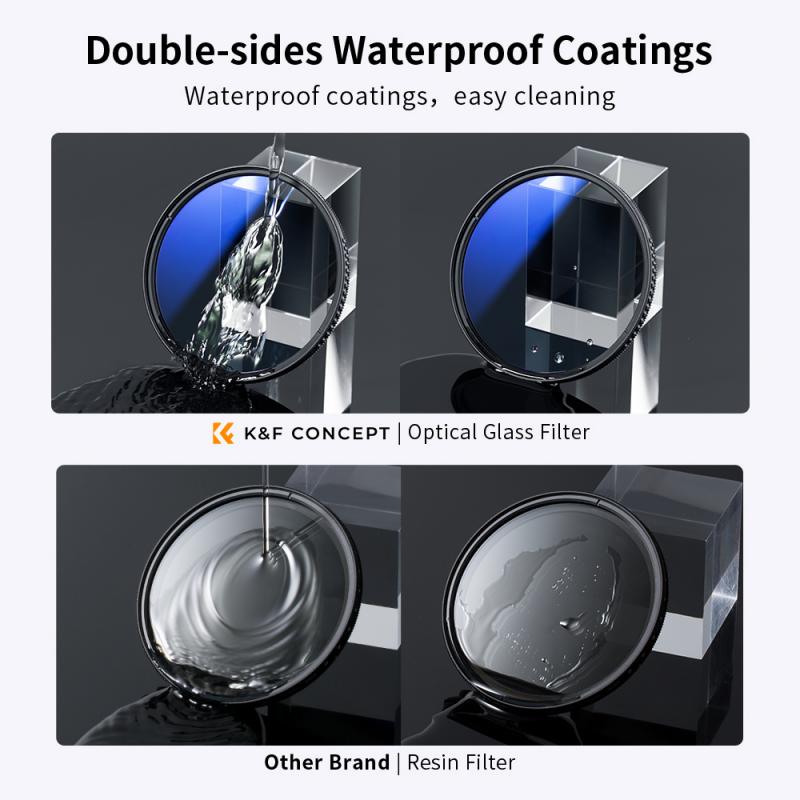
Another compelling reason to use a polarized lens filter is its ability to enhance color saturation and contrast. By filtering out the polarized light, the filter helps to reduce the haze and atmospheric scattering that can wash out colors. This is particularly beneficial when photographing landscapes, where the sky and foliage can appear more vibrant and rich.
For example, a polarized lens filter can make the blue sky appear deeper and more intense, while the clouds stand out more distinctly. The greens of the trees and grass can also appear more vivid, adding a sense of depth and dimension to your landscape shots. This enhancement in color saturation and contrast can make your photographs more visually appealing and closer to what the human eye perceives.
Improving Clarity in Hazy Conditions

Hazy conditions, often caused by pollution, dust, or moisture in the air, can significantly reduce the clarity of your photographs. The haze scatters light in all directions, creating a soft, diffused effect that can obscure details and reduce contrast. A polarized lens filter can help to cut through this haze by blocking the scattered polarized light, resulting in clearer, sharper images.
This is particularly useful for landscape photographers who often have to contend with atmospheric haze. Whether you're shooting a distant mountain range or a city skyline, a polarized lens filter can help to bring out the details and improve the overall clarity of your images.
Enhancing Sky and Cloud Definition
One of the most striking effects of a polarized lens filter is its ability to enhance the definition of the sky and clouds. By reducing the scattered light in the atmosphere, the filter can make the sky appear darker and more saturated. This creates a stunning contrast between the sky and the clouds, making the clouds stand out more prominently.
This effect is particularly noticeable when photographing during the middle of the day when the sun is high in the sky. Without a polarized lens filter, the sky can appear washed out and the clouds can blend into the background. With the filter, the sky takes on a deeper blue hue, and the clouds appear more three-dimensional and textured.
Reducing Reflections in Water Photography
Water photography presents unique challenges due to the reflective nature of water surfaces. Whether you're photographing a serene lake, a flowing river, or the ocean, reflections can often dominate the scene and obscure the details beneath the water surface. A polarized lens filter can significantly reduce these reflections, allowing you to capture the underwater details and the true colors of the water.
For instance, when photographing a coral reef, the filter can reduce the surface reflections, allowing you to capture the vibrant colors and intricate details of the coral and marine life. Similarly, when photographing a river, the filter can reduce the glare from the water surface, revealing the rocks and plants beneath.
Practical Tips for Using Polarized Lens Filters
While the benefits of polarized lens filters are clear, using them effectively requires some practice and understanding. Here are some practical tips to help you get the most out of your polarized lens filter:
1. Angle of the Sun: Polarized lens filters work best when the sun is at a 90-degree angle to your subject. This means that the filter is most effective when the sun is to your side, rather than directly in front or behind you.
2. Rotating the Filter: Polarized lens filters are adjustable, allowing you to rotate the filter to achieve the desired effect. As you rotate the filter, you'll notice changes in the intensity of the polarization. Experiment with different angles to find the optimal setting for your shot.
3. Avoid Over-Polarization: While polarization can enhance your images, too much polarization can create unnatural effects, such as overly dark skies or uneven colors. Use the filter judiciously and adjust the intensity to achieve a natural look.
4. Use with Wide-Angle Lenses: When using a polarized lens filter with wide-angle lenses, be mindful of potential vignetting (darkening of the corners) and uneven polarization across the frame. This is due to the wide field of view capturing light at different angles. Adjust the filter and composition to minimize these effects.
5. Combine with Other Filters: Polarized lens filters can be used in conjunction with other filters, such as neutral density (ND) filters, to achieve specific effects. For example, combining a polarized lens filter with an ND filter can help you achieve long exposure shots with reduced glare and enhanced colors.
In conclusion, a polarized lens filter is a powerful tool that can significantly enhance the quality of your photographs. By reducing glare and reflections, enhancing color saturation and contrast, improving clarity in hazy conditions, and enhancing sky and cloud definition, a polarized lens filter can help you capture stunning, professional-quality images. Whether you're a landscape photographer, a water photography enthusiast, or simply looking to improve your everyday shots, investing in a polarized lens filter is a decision you won't regret. With practice and understanding, you can harness the full potential of this versatile accessory and take your photography to new heights.


